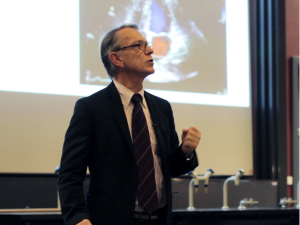Health benefits of daily supplementation of senior citizens with a combination of selenium and Coenzyme Q10:
- improved heart function as shown on echocardiograms
- reduced risk of death from heart disease
- improved health-related quality of life

The combined supplementation seems to work by reducing the extent of oxidative stress, systemic inflammation, and fibrosis in the study participants [Alehagen 2022a].
Now, data from the KiSel-10 Study show the following effects of the combined supplementation with respect to Fibroblast Growth Factor 23 concentrations in blood:
- Supplementation decreased concentrations of FGF-23 hormones.
- The study showed a relationship between the circulating level of the FGF-23 and atrial fibrillation.
- The study showed an association between the concentration of FGF-23 and death from heart disease.
- The study showed an effect of reduced FGF-23 levels on the risk of death from heart disease that is independent of the level of the cardiac wall tension bio-marker NT-proBNP.
- There exists a close interrelationship between FGF-23 concentrations and kidney function.
Why are FGF-23 Concentrations Important?
Prof. Alehagen explains that FGF-23 is a hormone that is secreted into the blood circulation. One of its primary functions is the regulation of the vitamin D metabolism and of the phosphorous metabolism in the kidneys.
However, there seems to be an association between FGF-23 activity and cardiovascular mortality even in the absence of kidney disease. Experimental data show that FGF-23 may act as a mediator for cardiac hypertrophy, cardiac fibrosis, and cardiac dysfunction [Alehagen 2022b].
